TikTok – The Kaleidoscope Building
Plants are an essential part of the Kaleidoscope office; they are here to help us all feel happy and benefit our mental and physical well-being.
Urban Planters wanted to help share some informative and easy to understand details of some of the plants we use around the office that you are visiting today.
Enjoy the planting and thank you for taking the time to learn about our plants!
Plant Care Symbol Guide
When caring for your plants, understanding these symbols can be incredibly helpful. These miniature icons provide essential information about your plant’s needs. Let’s break down some common symbols and how to best care for your green companions:
| Sun Symbol: A sun symbol on the plant tag indicates the amount of light your plant needs to thrive. There are three variations: | |
 | Full Sun: This symbol means your plant has a “high tolerance” for light and thrives in full sunlight. Ideally, it should receive at least six hours of direct sunlight daily, but it’s happiest with eight to ten hours. Placement: Find the sunniest window in your home, ensuring no barriers like curtains or shades block the sunlight. |
 | Half-Sun/Half-Cloud: This symbol indicates that your plant does best in partial light, requiring four to six hours of direct sunlight per day. Placement: Consider an east-facing window or an area shaded by trees or buildings during part of the day. |
 | Blacked-Out Sun: If the sun symbol is darkened, your plant prefers full shade. It can’t handle more than three hours of direct sunlight daily. Placement: Choose a spot with mostly diffused sunlight, such as a south- or west-facing window, or a room with lower natural light. |
| Raindrop Symbol: The raindrop symbol signifies your plant’s water needs. Instead of indicating watering frequency, it tells you how moist the soil should be: | |
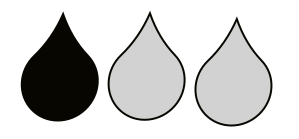 | One Raindrop: Minimal moisture requirement. Allow the soil to fully dry out between watering to give your plant room to breathe. |
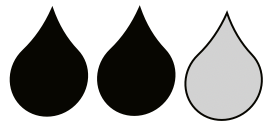 | Two Raindrops: Moderate moisture requirement. Water frequently but allow the top 3 inches of soil to dry out between waterings. |
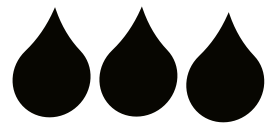 | Three Raindrops: Optimal moisture requirement. This means your plant does not like to dry out too much between watering, keep the plant moist and only allow the top 1 inch of soil to dry out before watering again. |
Aglaonema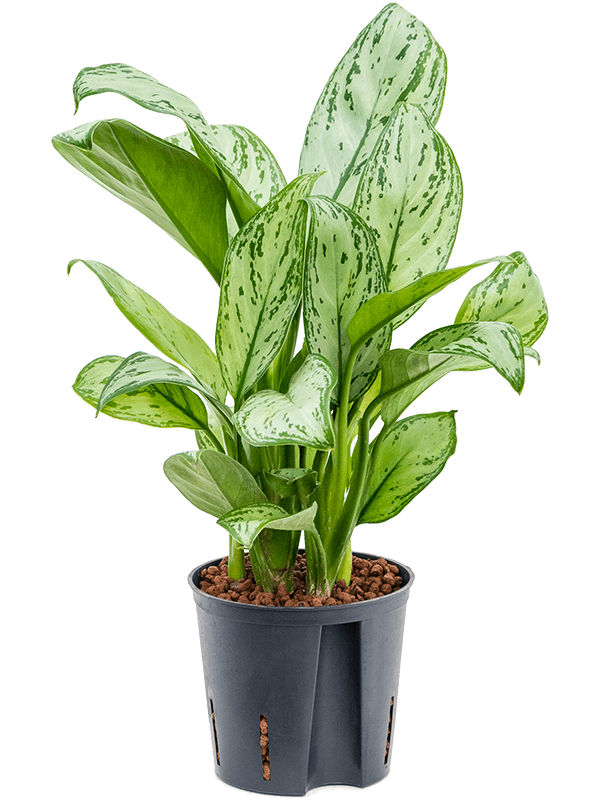 |    | Known as the Chinese Evergreen plant, the Aglaonema’s natural habitats are found in the tropical and subtropical regions of Asia and New Guinea. They thrive growing in the understorey of forests where they will be exposed to moderate light and high humidity. The Aglaonema is known to help remove toxic gases like Benzene, Formaldehyde, Carbon Monoxide from the air. Alongside, the Aglaonema can help with achieving restful sleep during the night as it also absorbs carbon-dioxide purifying the air in the room |
Alocasia |    | The Alocasia originates from the tropical rainforests of Southeast Asia, particularly Borneo. The mysterious dark and glossy leaves are one of reasons why they are a striking indoor plant, characterised by the unique pattern of the distinct veins on its leaves. Due to the large surface area of its leaves, the Alocasia can purify high levels of toxins from the air such as formaldehyde. |
Anthurium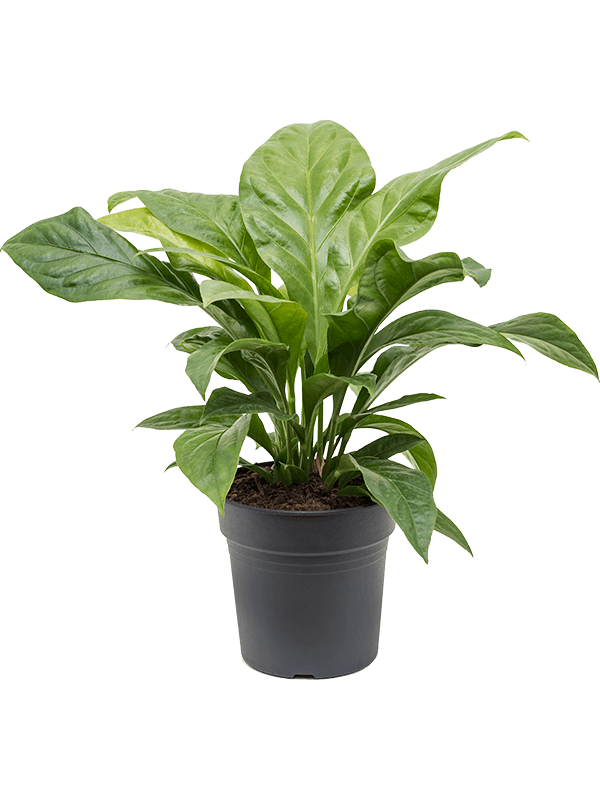 |   | Anthurium is a beautiful plant usually given as gifts with leaves that thrive for several months after bloom with a dark green and pearly sheen. Originating in the tropical rainforests of Central and South America, the Anthurium requires high humidity and moderate indirect light to thrive. Alongside, they are effective at absorbing toxins from the air such as formaldehyde, ammonia, xylene and toluene. It is number 8 on NASA clean air study. |
Asplenium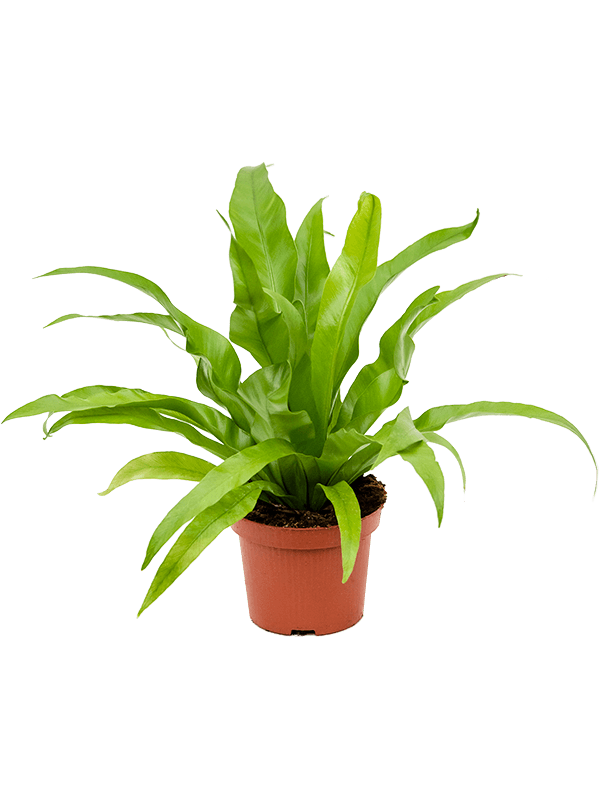 |    | Also known as ‘the birds nest fern’ due to its unique shape, the Asplenium originates from East Asia including some areas of Japan. Found in rocky and forest areas, the Asplenium has a unique characteristic that enables the plant to grow on other forms of plantation without draining them of nutrients. The leaves have a fresh green colour with a feathery texture, that can grow up to 1 meter in length in perfect conditions. Alongside, the Asplenium can produce large amounts of oxygen and filters contaminants such as formaldehyde from the air. |
Calathea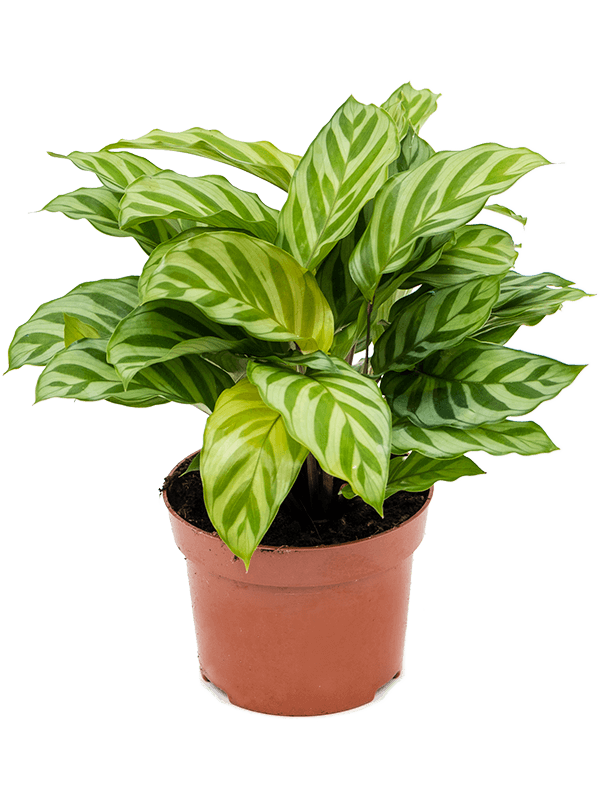 |    | A very low maintenance plant with very specific requirements. The Calathea thrives with low indirect light, a highly humid environment, with the environment temperature between 16 and 23 degrees Celsius. This is due to its natural habitat located beneath the dense canopies of the rainforests of South America. Also known as the prayer plant, the Calathea gets its nickname from its tendency to stand upright at night and unfurl in the morning when the sun is up. |
Ficus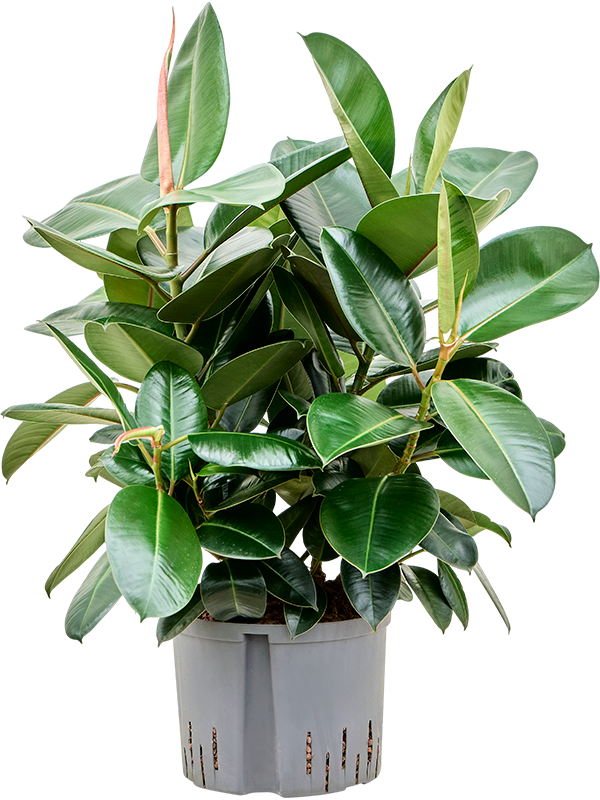 |   | The Ficus is a popular indoor plant characterised by its dark and glossy, almost black- and purple-coloured leaves, and sturdy, robust nature. This is what gives the Ficus its nickname the rubber plant. Originating in Southeast Asia, it’s effective in purifying the air from formaldehyde, xylene and toluene and ranks Number 24 on NASAs Clean Air Study. The Ficus requires very little care but has specific needs in order for optimal growth. The plant prefers a position in direct light but can tolerate semi-shade with regular watering but with care taken to not allow stagnant water to accumulate at the bottom of the pot as this can lead to root rot. |
Kentia Palm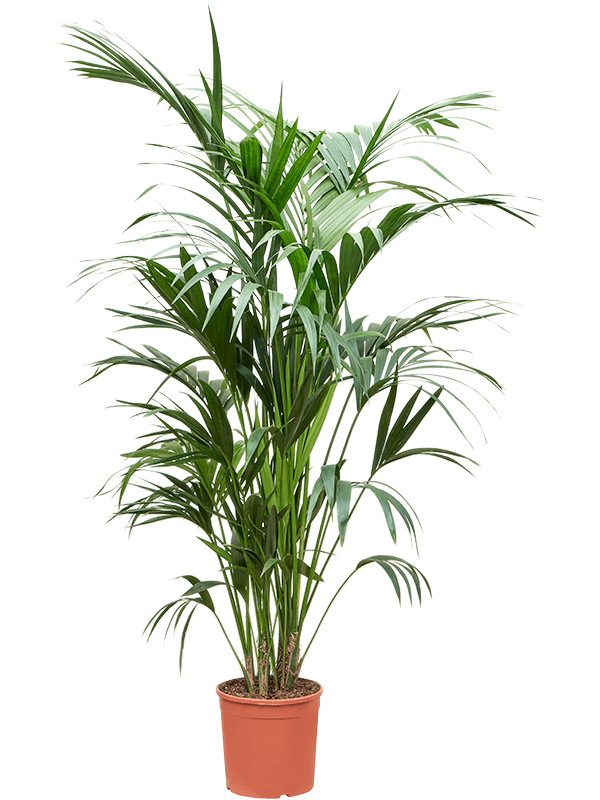 |    | The Kentia Palm can be distinguished by its long, elegant palm leaves with a deep green colour. A slow growing plant but, under the right conditions, the Kentia can grow up to a massive 3 meters in height, growing around 20cm per year. Originating from the Australian Island of Lord Howe, its ideal growing environment requires high humidity and moderate temperatures. With a high tolerance for low light levels, it makes the Kentia an ideal candidate for an indoor house plant. Furthermore, it is a great Air Purifying plant which removes formaldehyde, ammonia and carbon monoxide from the air. |
Monstera |    | Originating from the rainforests of South America, primarily Brazil, Peru and Bolivia, the Monstera is most commonly known for the look of its unique leaves. When they first start to grow, the leaves start in a cylindrical shape until it slowly starts to unravel into the shape that is commonly known. Monstera needs a warm and humid environment to thrive, similar to the climatic conditions of its area of origin. Effective in the cleaning the air of formaldehyde, benzene and xylene and acts as an air purifier. |
Schefflera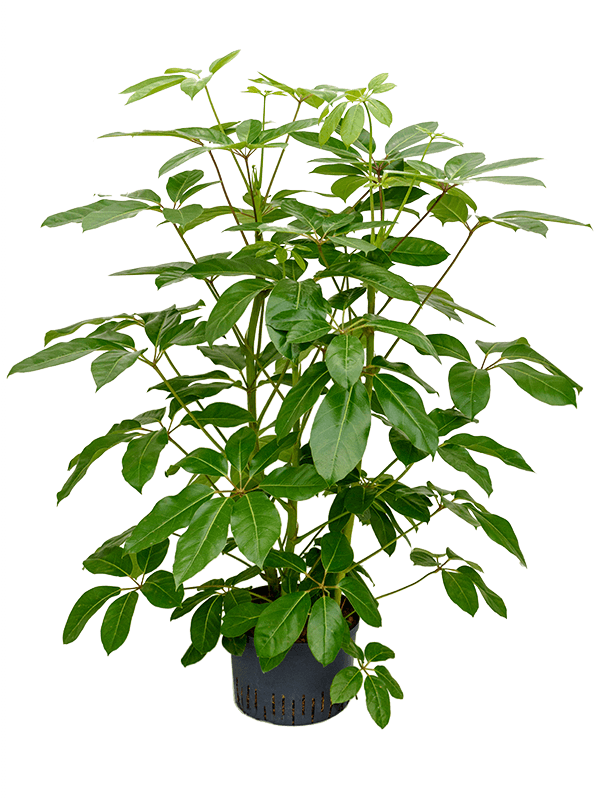 |    | The Schefflera, also known as the umbrella plant, has its origin in the humid subtropical and tropical forests of Australia. This plant can be found in the wild along riverbanks and rainforests. The Schefflera is part of the ivy family (Araliaceae). The correct care of the Schefflera includes a sunny to semi-shady location, preferably without direct midday sun. The plant requires regular watering, but it is essential to avoid water accumulation to prevent root rot. The ideal indoor temperature for the ‘Amate’ ranges between 18 and 22 degrees Celsius. The plant also requires a high humidity level, which can be achieved by regular spraying. |
Croton |   | A multicoloured tropical plant known for its striking leaves, the Croton are part of the Euphorbiaceae family known for their vibrant colours. Native to Southeast Asia, and some of the Pacific Islands, the Croton prefer warmer atmospheres with a high humidity. Although needing plenty of light, direct sunlight must be avoided at all times as this will likely damage the leaves if overly exposed. |
Dracaena |    | Also known as the dragon plant, the Dracaena is part for the Asparagaceae family native to tropical regions of Africa. A hardy, slow growing plant of which the leaves can grow up to 60cm long showing a beautiful bright green colour gradient. Due to its adaptability and elegant appearance, the Dracaena is one of the most implemented plants for indoor decorating worldwide. |
Philodendron |   | The Philodendron is a tropical climbing plant that originally comes from South America. This plant is widely distributed in the Americas, from Argentina to the Caribbean. The plant thrives in rainforests where it is humid, as it naturally grows in humid environments. The leaves are heart-shaped and shiny, with a deep green colour that effectively absorbs light. The plant can grow both as a freestanding and a climbing plant and displays a strong aerial root growth. Its leaves remove harmful toxins such as Benzene from the air. Despite its tropical origin, the Philodendron is relatively easy to care for. The plant requires well-draining soil, can thrive in both indirect sunlight or semi-shade, and requires average watering, whereby the soil should lightly dry out between waterings. It is also recommended to regularly spray the leaves with water to increase humidity and remove dust. |
Sansevieria |    | Found to be one of the most effective air purifier plants which removes benzene, formaldehyde, trichloroethylene, xylene and toluene from the air. The Sansevieria is a perfect indoor plant as it does not require lots of sun or frequent watering. Number 4 on NASA Clean Air Study |
Scindapsus |   | Scindapsus is one of the most common house plants which thrives in most indoor environmental conditions. It effectively cleans the air of benzene, formaldehyde, trichloroethylene, xylene and toluene. Number 7 on NASA Clean Air Study |